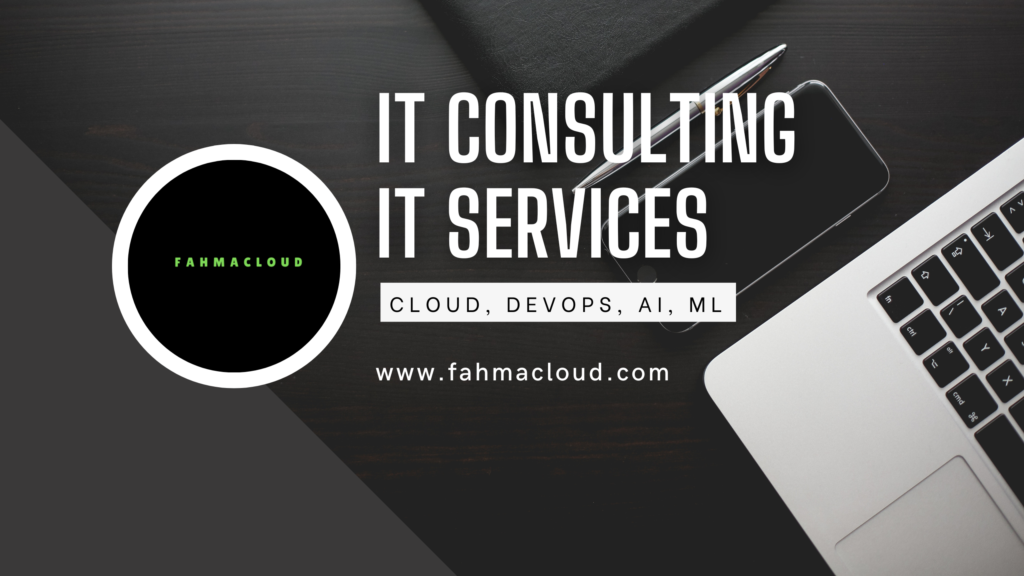If you’re new to cloud computing, it can seem complicated but it doesn’t have to be. Whether you’re a student or someone exploring IT as a career, here’s what really matters.
1. Understand the Basics
At its core, cloud computing is about delivering computing services like servers, storage, databases, networking, and software—over the internet (“the cloud”).
Instead of running everything on your own hardware, you rent what you need from a cloud provider and pay only for what you use. It’s scalable, cost-efficient, and perfect for learning how real-world IT infrastructure works.
Take time to understand the main service models: IaaS (Infrastructure as a Service), PaaS (Platform as a Service), and SaaS (Software as a Service)—they form the building blocks of everything else.
2. Learn the Main Cloud Providers
Start with the big three: Amazon Web Services (AWS), Microsoft Azure, and Google Cloud Platform (GCP). Each has its own ecosystem, tools, and learning resources. AWS offers “AWS Educate” and “Skill Builder,” Azure has “Microsoft Learn,” and Google provides “Cloud Skills Boost.”
All three include free labs where you can practice setting up servers, creating storage buckets, and deploying applications without paying a dime. Focus on one platform first, then explore the others once you’re comfortable.

3. Get Hands-On Experience
Reading and watching tutorials will only get you so far. The best way to learn cloud computing is to actually build something. Start small—host a static website, spin up a virtual machine, or create a simple database in the cloud. These projects will teach you how resources connect and how to troubleshoot when things don’t go as planned. Once you’re comfortable, challenge yourself with more advanced tasks like setting up CI/CD pipelines or automating backups.
4. Learn Infrastructure as Code (IaC)
As cloud environments grow, managing them manually becomes inefficient. That’s where Infrastructure as Code (IaC) comes in. Tools like Terraform, AWS CloudFormation, and Azure Bicep let you define your infrastructure using code, so you can deploy and manage environments consistently and automatically. Learning IaC isn’t just a technical skill—it’s how modern cloud teams work. Understanding version control (Git) and automation tools (like Ansible or Jenkins) will take you even further.
5. Understand Security and Cost Management
Two things can make or break your cloud journey: security and cost control. Learn how cloud security works—encryption, IAM roles, least-privilege access, and compliance standards like SOC 2 or ISO 27001. Just as important, understand how pricing models work. Cloud services are pay-as-you-go, which means mistakes (like leaving a server running overnight) can get expensive. Learn how to monitor usage, set budgets, and use cost-optimization tools offered by each provider.
The cloud industry moves fast, but the fundamentals stay the same. Learn by doing, keep experimenting, and stay curious.
FahmaCloud offers hands-on learning content and mentorship programs designed to help students and professionals build real-world cloud skills and launch successful careers in the cloud computing field.

